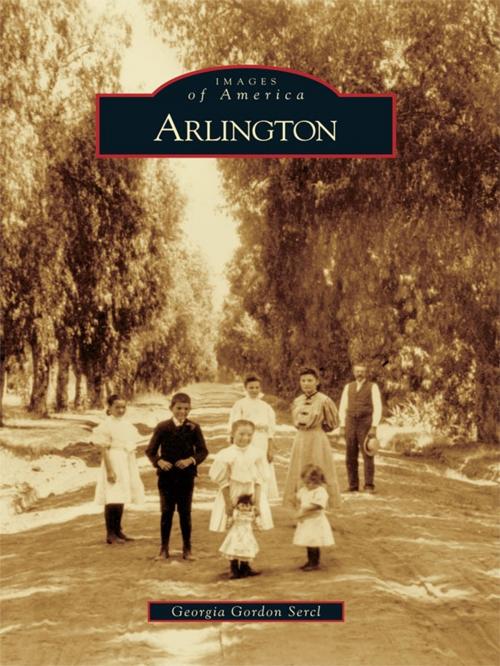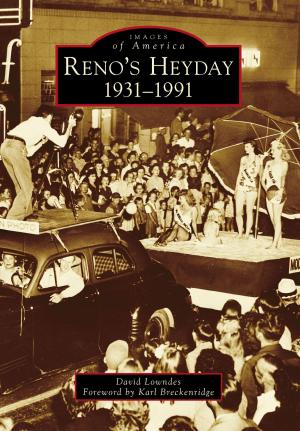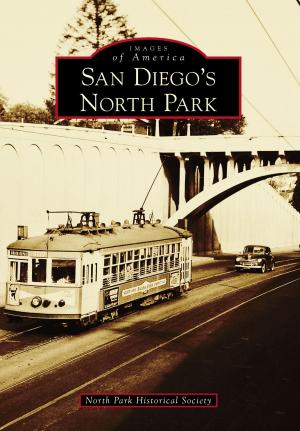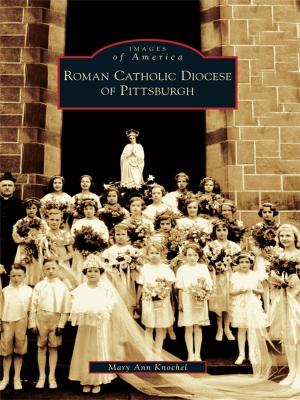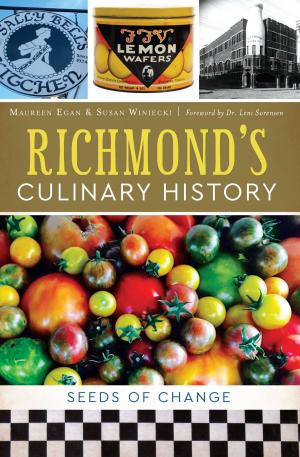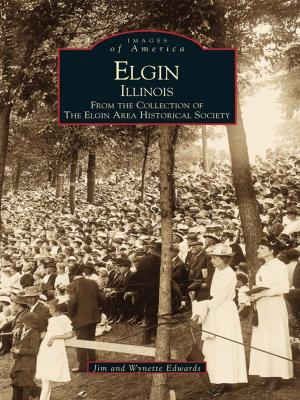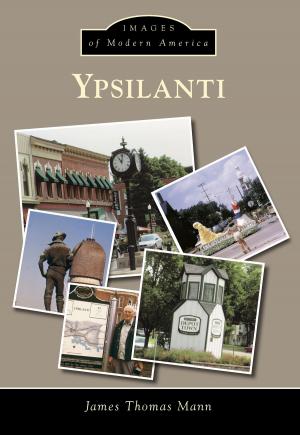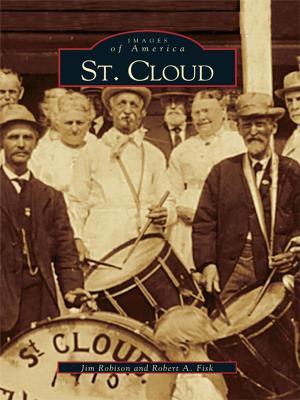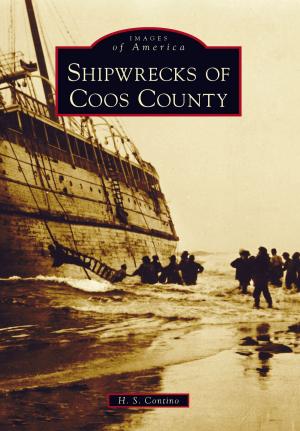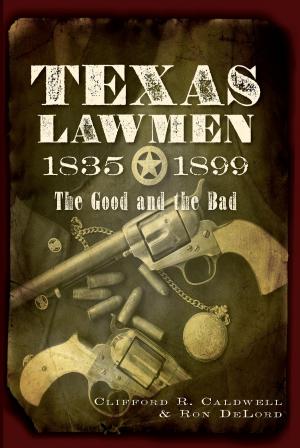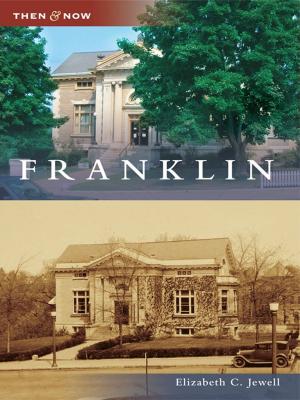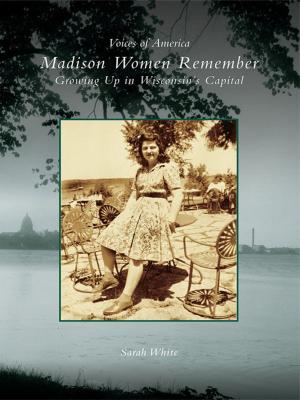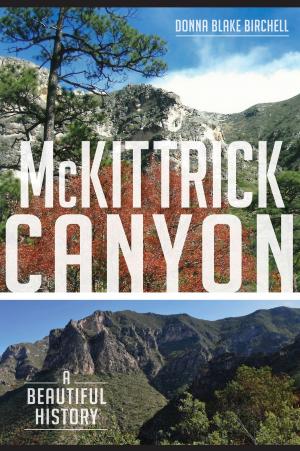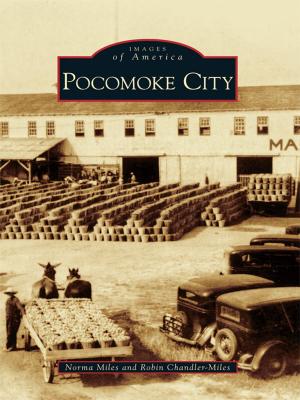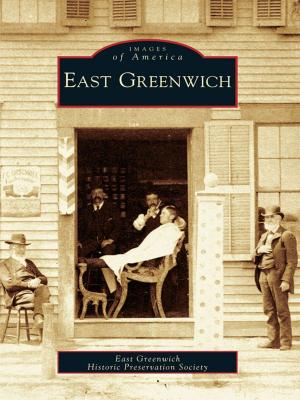| Author: | Georgia Gordon Sercl | ISBN: | 9781439620069 |
| Publisher: | Arcadia Publishing Inc. | Publication: | November 21, 2007 |
| Imprint: | Arcadia Publishing | Language: | English |
| Author: | Georgia Gordon Sercl |
| ISBN: | 9781439620069 |
| Publisher: | Arcadia Publishing Inc. |
| Publication: | November 21, 2007 |
| Imprint: | Arcadia Publishing |
| Language: | English |
The neighborhood of Arlington, located about five miles southwest of downtown Riverside, was first settled in the 1870s and was later developed as a town site in 1877 by philanthropist Samuel C. Evans and William Sayward. Citrus groves flourished in the area, providing the community with a newfound wealth. Large and gracious homes were built on wide streets lined with beautiful shade trees. Arlington�s commercial district at Van Buren Boulevard and Magnolia Avenue expanded to include a bank, chamber of commerce, newspaper, store, church, boardinghouse, and post office with its own Arlington postmark, in use since 1888. In the early 1900s, an electric railway was built down the center of Magnolia Avenue ending at beautiful Chemewa Park with its large trees, dance pavilion, zoo, and polo field. Today Arlington retains much of its neighborhood feeling while undergoing a large-scale redevelopment project for a future retail and commercial district.
The neighborhood of Arlington, located about five miles southwest of downtown Riverside, was first settled in the 1870s and was later developed as a town site in 1877 by philanthropist Samuel C. Evans and William Sayward. Citrus groves flourished in the area, providing the community with a newfound wealth. Large and gracious homes were built on wide streets lined with beautiful shade trees. Arlington�s commercial district at Van Buren Boulevard and Magnolia Avenue expanded to include a bank, chamber of commerce, newspaper, store, church, boardinghouse, and post office with its own Arlington postmark, in use since 1888. In the early 1900s, an electric railway was built down the center of Magnolia Avenue ending at beautiful Chemewa Park with its large trees, dance pavilion, zoo, and polo field. Today Arlington retains much of its neighborhood feeling while undergoing a large-scale redevelopment project for a future retail and commercial district.
